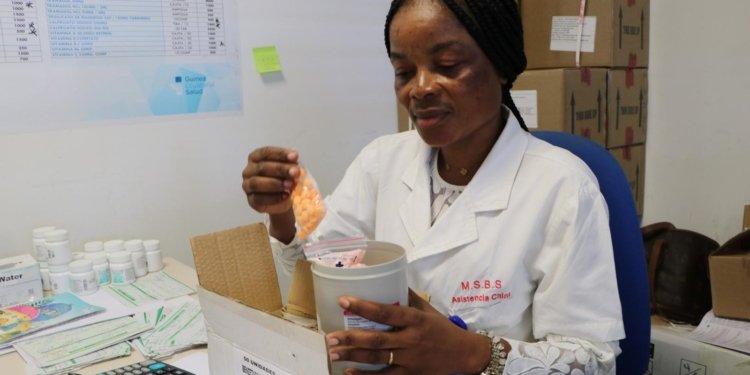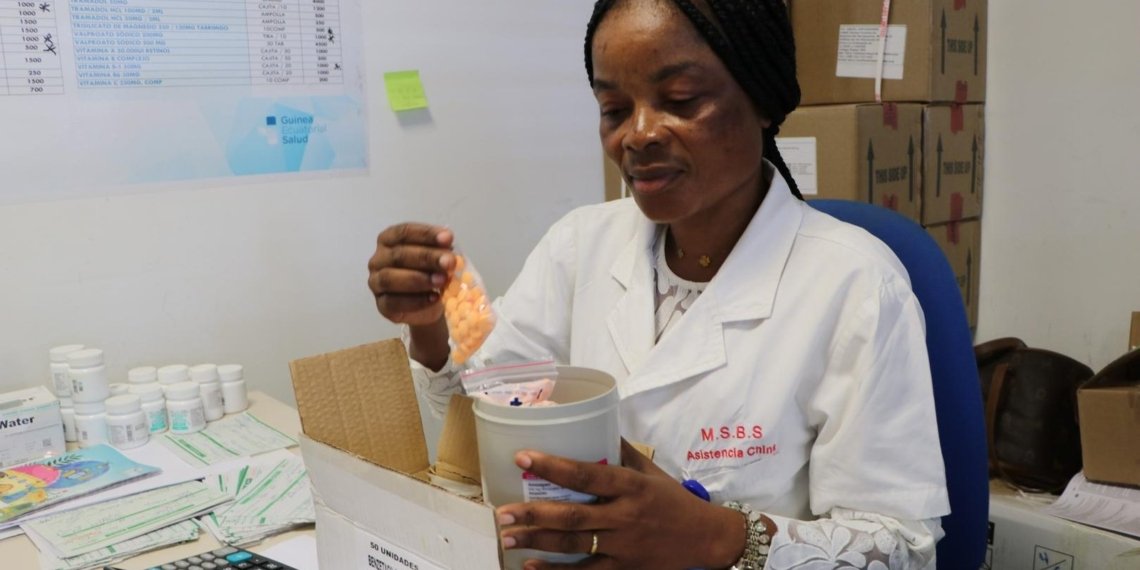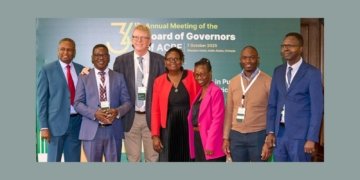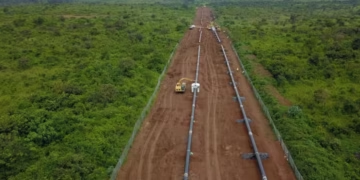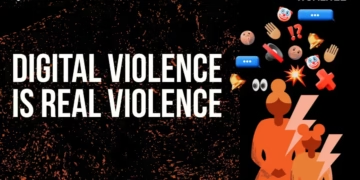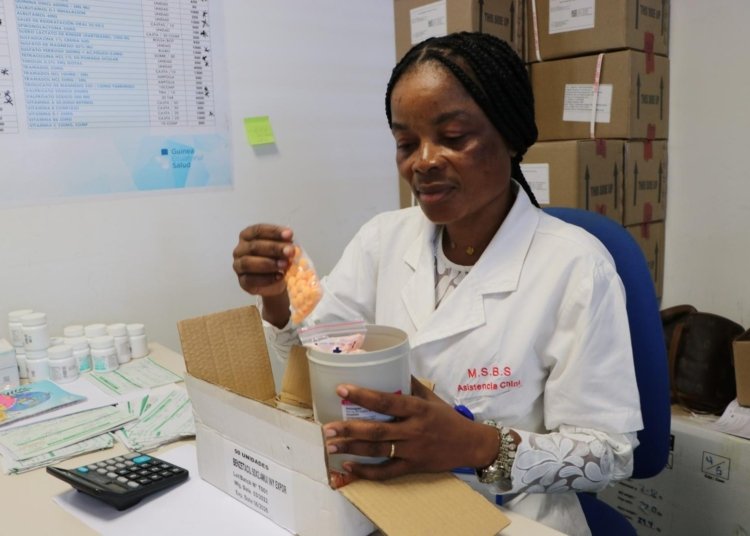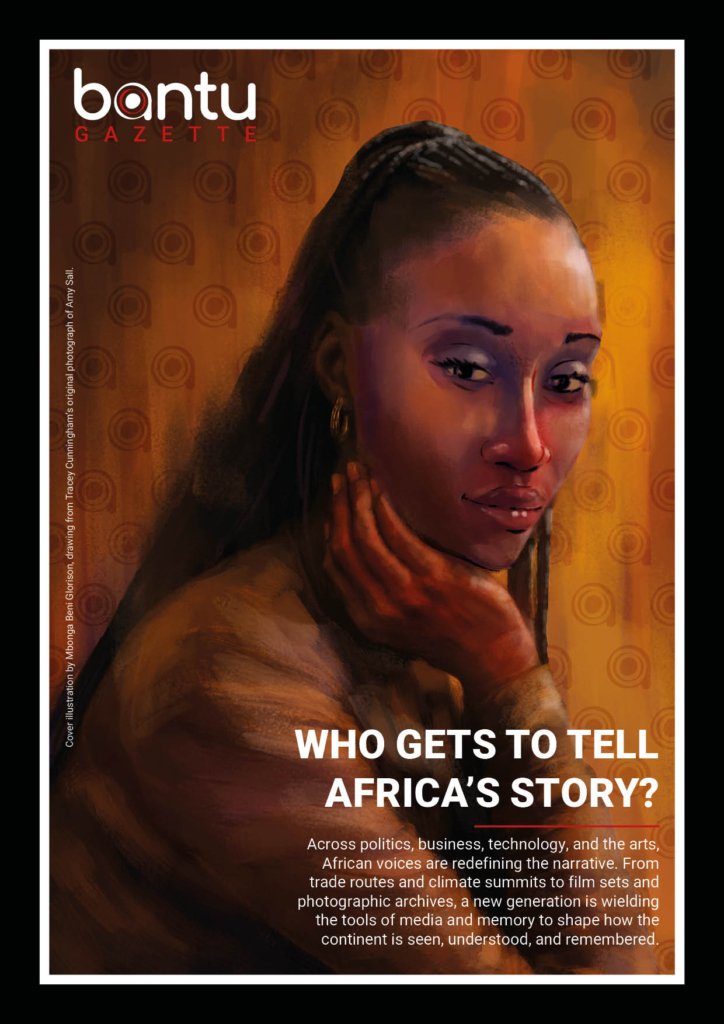Expanded Access to ARV Treatment Triples Coverage and Reduces HIV Prevalence in the Central African Country
MALABO, Equatorial Guinea (BG) – As the world marks World AIDS Day on Dec. 1, the World Health Organization (WHO) Africa region has highlighted significant progress in Equatorial Guinea’s fight against HIV/AIDS, citing the success of expanded access to antiretroviral (ARV) treatment across the country.
Until 2017, access to ARV treatment in Equatorial Guinea, where over 6% of the population lives with HIV, was limited to just two centers in the provincial capitals of Malabo and Bata. This limited access strained health services and made patient follow-up challenging.
With support from WHO Africa, a project launched in 2018 expanded access to ARV treatment across all 19 health districts, tripling treatment coverage by 2023. During the same period, the prevalence of HIV decreased by 1%.
“We need to continue decentralizing HIV services to achieve our targets,” said Joaquin Ipo Ebanga, head of the HIV/AIDS program at the Ministry of Health, as quoted by WHO Africa.
He noted that ARV treatment is essential for preventing new infections, halting virus transmission, and ultimately eradicating HIV in Equatorial Guinea.
Between 2019 and 2024, WHO Africa supported the training of more than 1,600 healthcare professionals in treatment protocols and psychological support.
Dr. Manuel Eyene, a regional coordinator at Bata Hospital, acknowledged the positive changes: “Many things have improved in terms of patient relations and adherence to national treatment protocols.”
Efforts to improve HIV diagnosis and prevention have also expanded. With the introduction of advanced diagnostic tools such as GeneXpert machines, the HIV screening rate in Equatorial Guinea increased from 34% in 2020 to 87% in 2023.
These initiatives are part of the country’s commitment to achieving the UNAIDS 95-95-95 targets by 2030, which aim for 95% of people living with HIV to know their status, 95% of diagnosed individuals to receive sustained treatment, and 95% of those on treatment to achieve viral suppression.
Jeanine, an HIV-positive patient, shared her experience: “Today, we are fortunate to have free and much more accessible antiretrovirals. It’s important to get tested and adhere to treatment if you test positive. HIV is no longer a death sentence.”
Global and Regional Milestones in the Fight Against HIV/AIDS
World AIDS Day is commemorated annually on Dec. 1 to raise awareness about HIV/AIDS and foster global solidarity. It remains a critical moment to promote awareness, commemorate those lost to the pandemic, and celebrate progress, such as increased access to treatment and prevention services.
According to WHO, 25.6 million people are living with HIV in the African region. Of these, 20.8 million are in East and Southern Africa, while 4.8 million are in West and Central Africa.
In 2022, approximately 380,000 people died from AIDS-related illnesses in Africa, and 760,000 people were newly infected with HIV.
It is estimated that 79% of people with HIV in the region currently know their status. Globally, 23.3 million people living with HIV were receiving antiretroviral therapy (ART) as of 2018.
Between 2000 and 2018, new HIV infections fell by 37%, and HIV-related deaths dropped by 45%, saving an estimated 13.6 million lives due to ART. These achievements have been attributed to the dedicated efforts of national HIV programs, civil society, and development partners.

